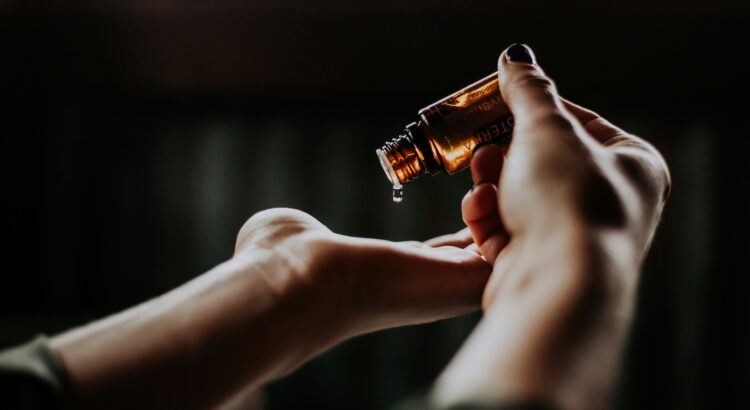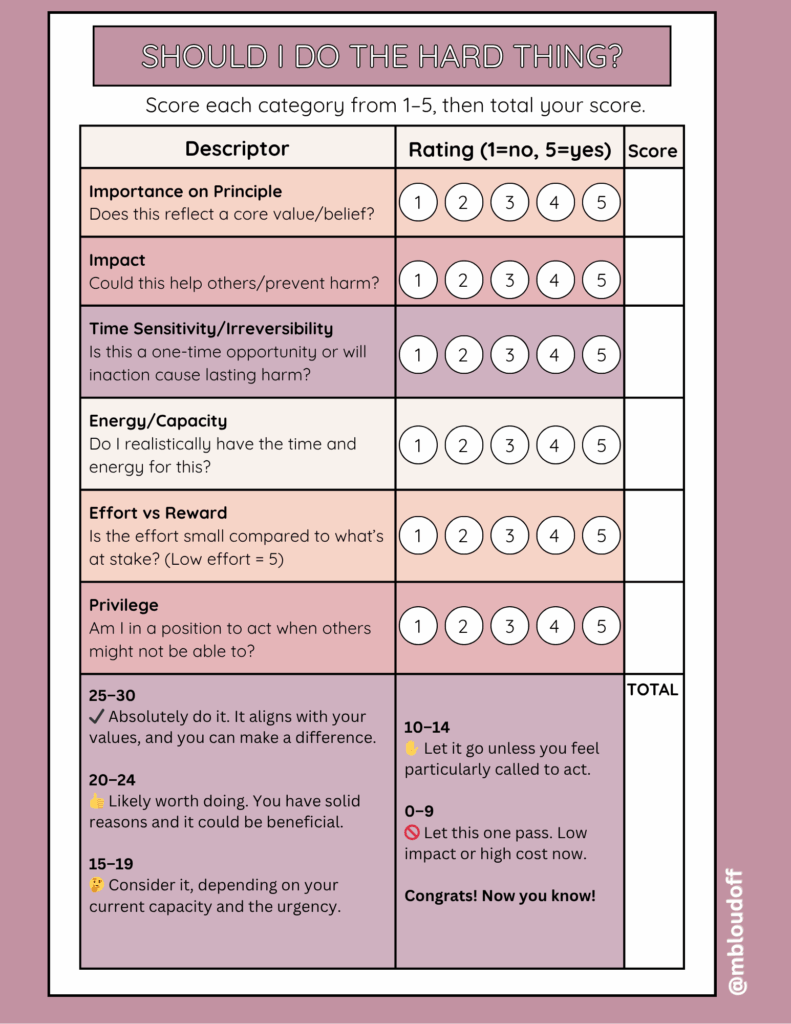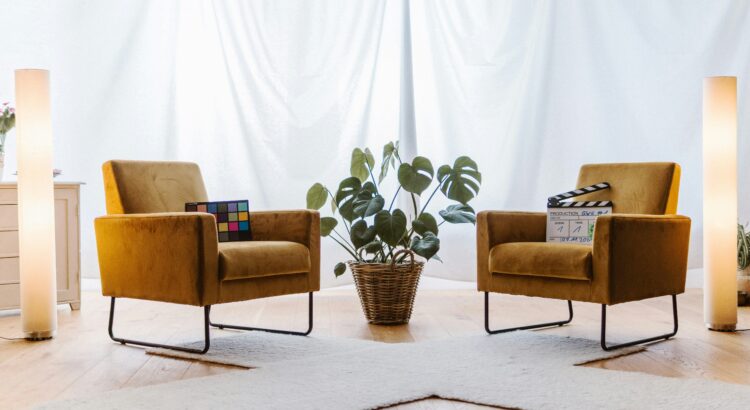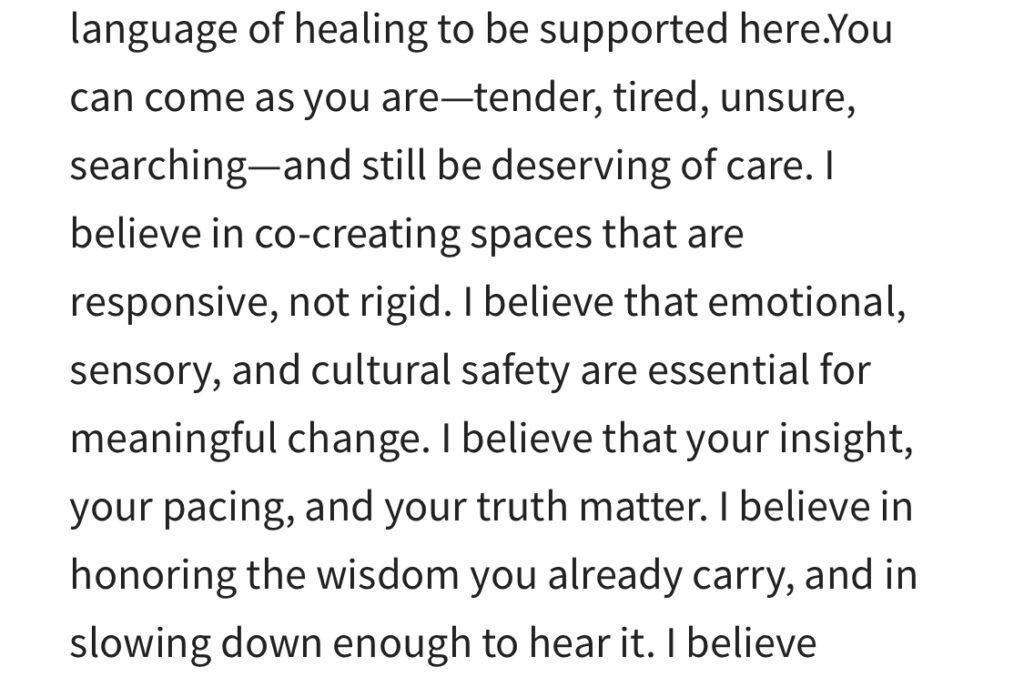
Lammas (also known as Lughnasadh) falls around August 1st and marks the beginning of harvest season. It’s a time to pause, take stock of what’s come to life this year, and prepare for the seasonal shift toward fall. It’s a great reason to slow down, reflect and reconnect with nature.
1. Bring the Season Indoors
Celebrate the shift to late summer by decorating your home or workspace with what’s growing now. That might mean:
- A mason jar of fresh flowers like sunflowers, zinnias, or black-eyed Susans
- A bowl of tomatoes, cucumbers, or peaches on your kitchen table
- A few clippings of herbs from your garden
This isn’t about aesthetics—it’s about staying in touch with what’s growing around you. Adding a seasonal touch helps mark the passage of time and reminds us to appreciate the moment.
Inspired by: Tiny Rituals
2. Bake Some Carbs
The name “Lammas” literally means “loaf mass,” and it’s traditionally a time to bake bread from the year’s first grain harvest. You don’t have to be a baker. Just make something simple using grains: banana bread, muffins, canned biscuits or even a box mix!
As you bake, think about what’s “risen” in your life this year. What have you grown? What’s turned out well? Then share the food with someone as a way to enjoy what the season is offering.
Inspired by: Lancs Green Witch
3. Make a List of What’s Working
Lammas is a good time to pause and check in. Grab a piece of paper or your notes app and jot down a few things that are going well right now. What goals have you made progress on? What habits are sticking? What are you proud of? Some people like to bury the list. But you can also keep it—stick it on your fridge! The point is to recognize your effort and notice your own momentum.
Inspired by: Lancs Green Witch
4. Watch the Sunset
This time of year, the sun is still strong but starting to shift. Set aside one evening this week to watch the sunset. Let your brain go quiet for a few minutes. You can ask yourself:
- What’s wrapping up in my life?
- What needs my attention before fall?
- What do I want to let go of?
Sometimes just being still and noticing the light change is enough.
Inspired by: Lancs Green Witch
5. Clean Up a Natural Space
Give something back to nature. Go to a local trail, park or garden and spend 20 minutes picking up trash or pulling invasive weeds. Bring gloves and a bag, and don’t overdo it. It’s a low-key, concrete way to show appreciation for the land you live on.
Inspired by: Tiny Rituals
6. Try a Simple Seasonal Craft
Try making a small corn husk figure, bundling dried herbs with twine or putting together a small vase arrangement with flowers from your yard.
Inspired by: The Wholesome Witch
Final Thoughts
You don’t have to be a practicing Pagan or celebrate Lammas in a spiritual way to benefit from seasonal rituals. These little check-ins with the land, the kitchen, or your own thoughts are just part of living with intention. They help us slow down in a busy world and notice what’s worth holding on to—and what we’re ready to release.
Bread Image: Wesual Click
Photo of loaves of bread on a black tabletop.






